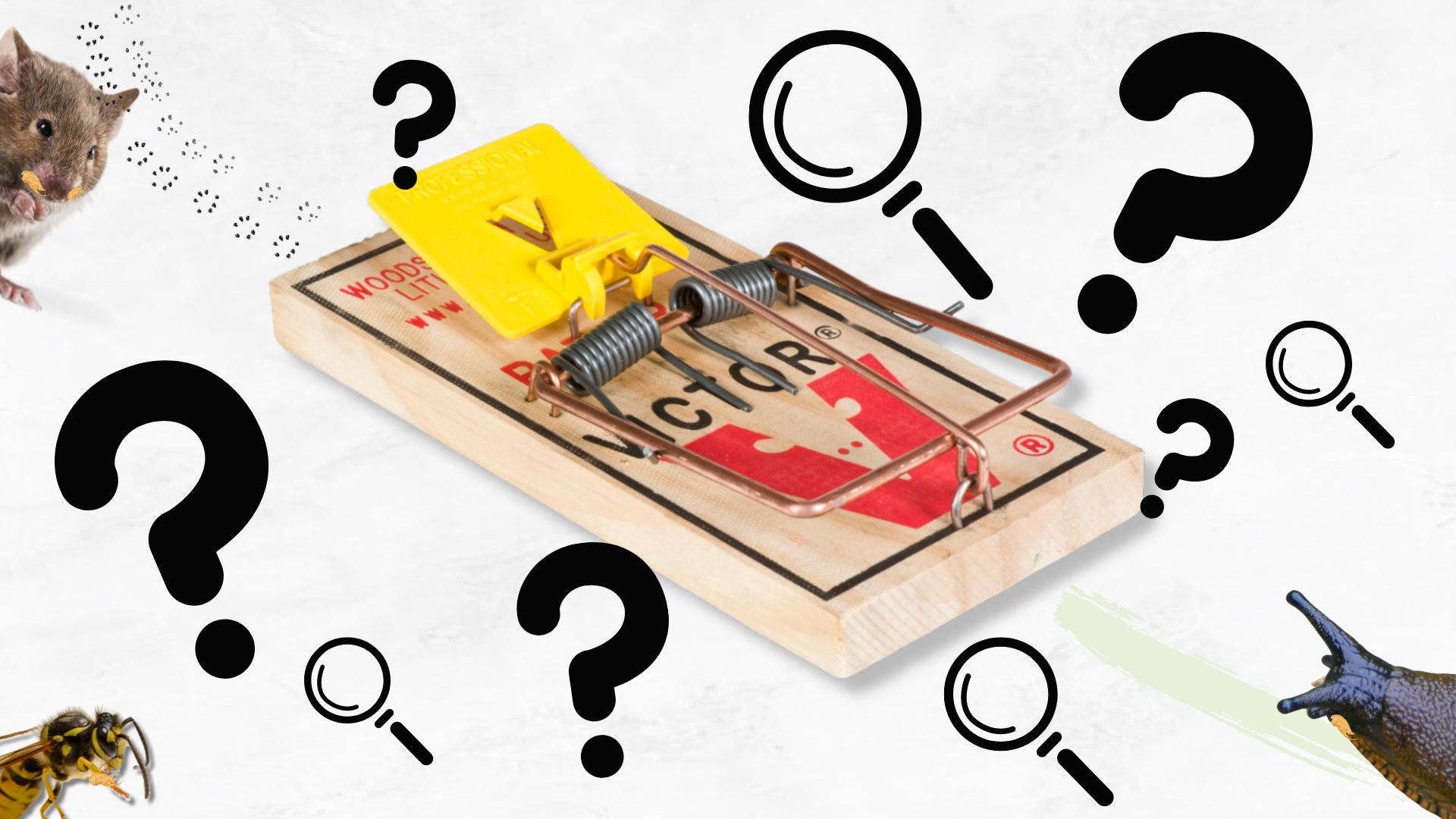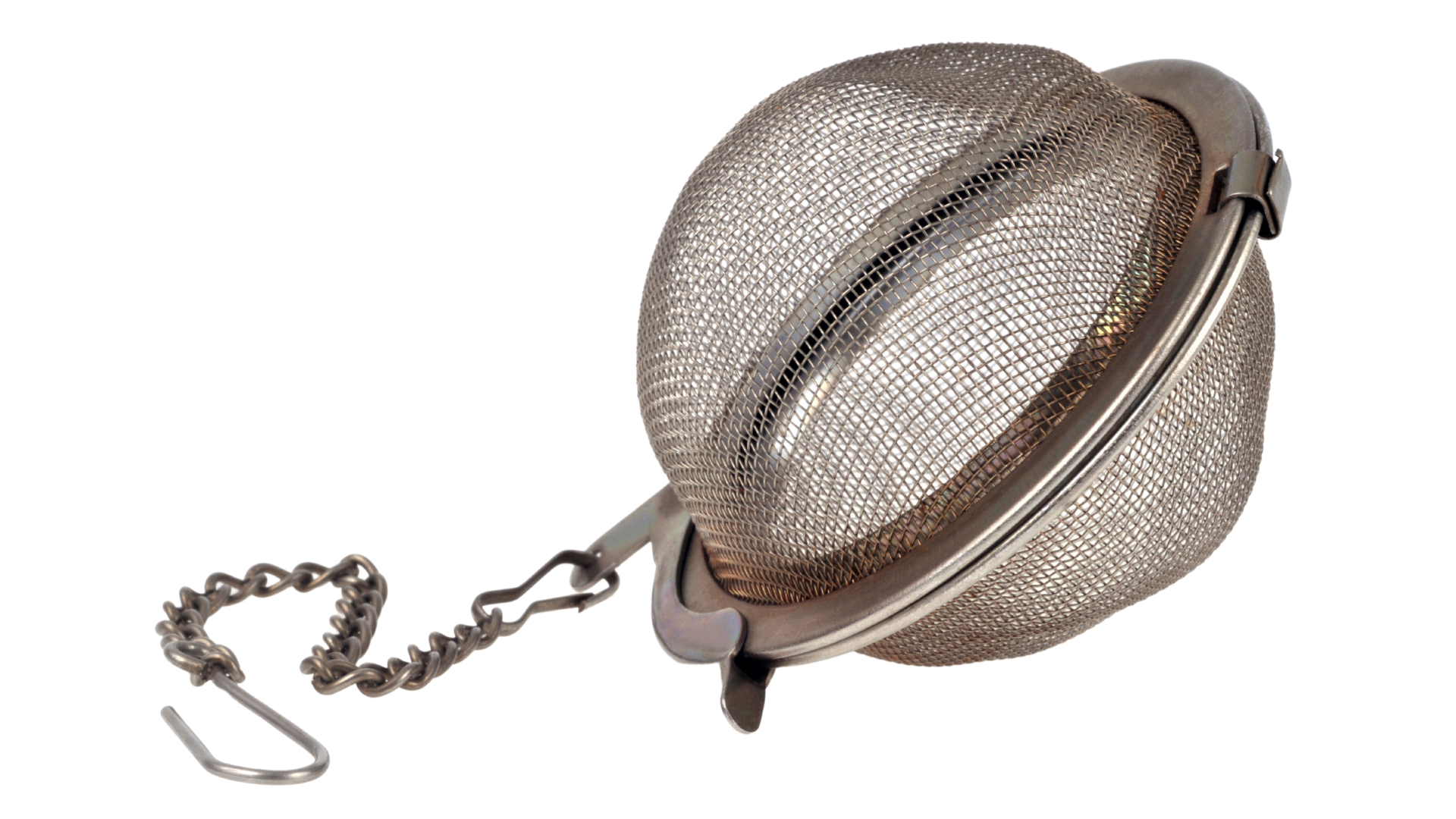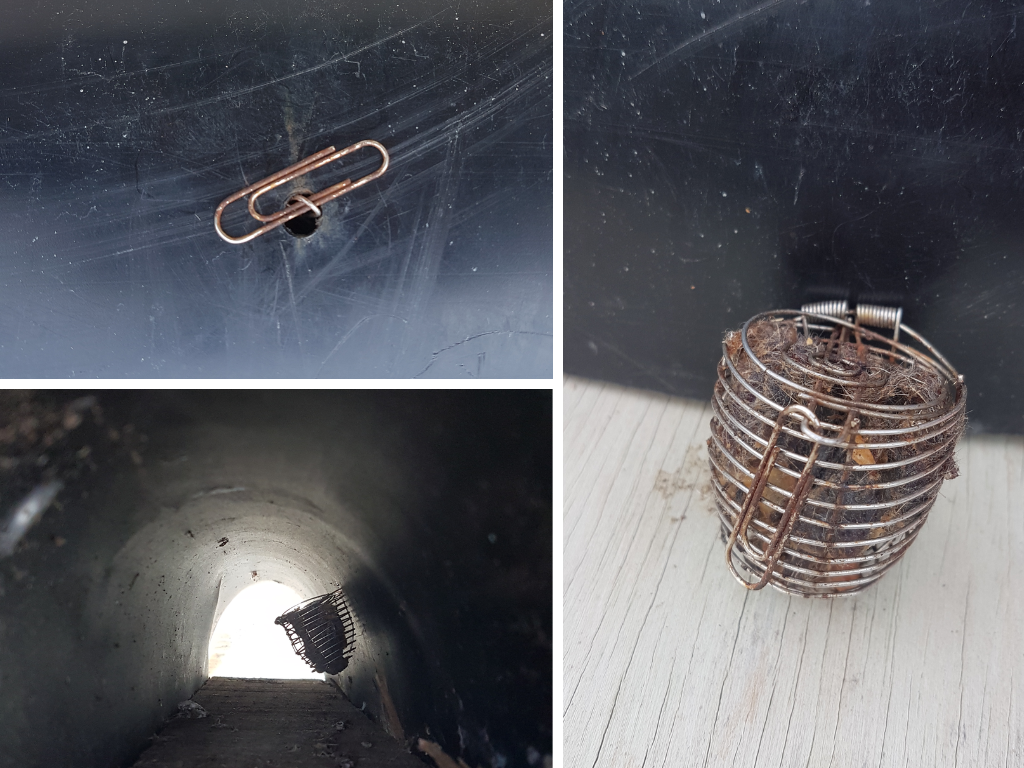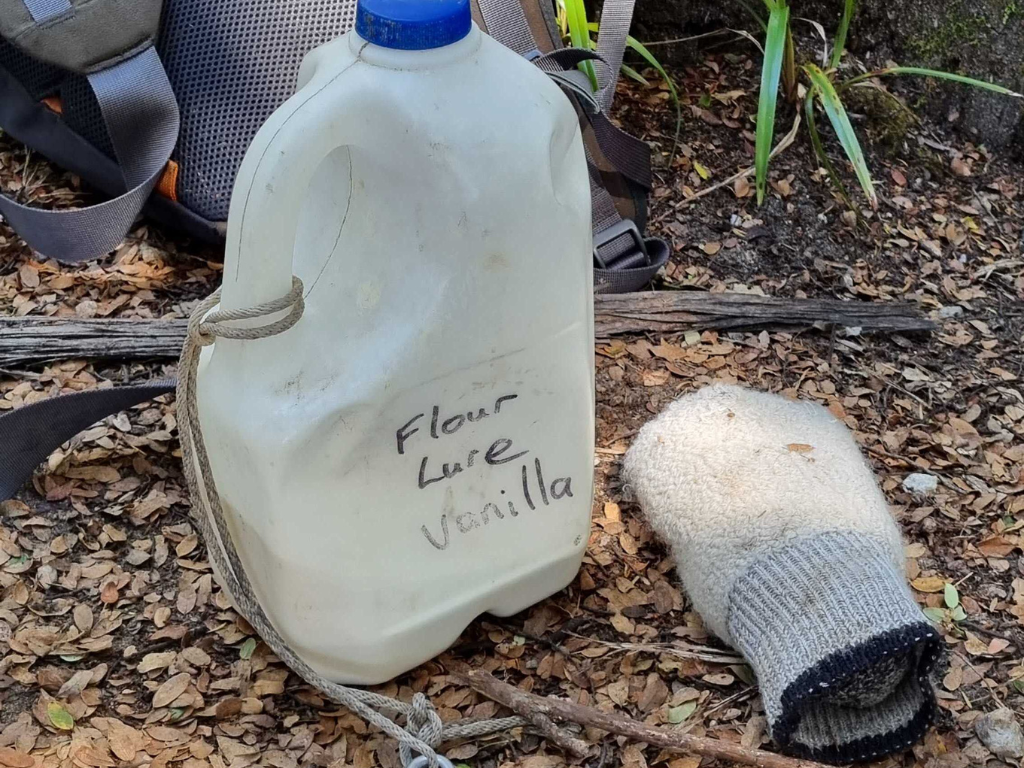Every trapper has felt the same frustration at checking a trap and finding the bait gone, but the trap still set. Who is the culprit, and how can you stop them?

Peanut butter, mayonnaise, Nutella and dried meat are tasty treats to lure in rats or possums, but they aren’t the only ones who enjoy those flavours.
Sneaky mice, hungry slugs and wily wasps can sneak in and nibble or slurp up your lure without triggering the trap.
Turns out mesh tea strainers are an excellent trapping accessory to help with this issue. Not for brewing the perfect cuppa but for keeping your bait safe from non-target nibbles.
By placing your bait inside a mesh tea strainer and securing it in the trap tunnel, you can keep it safe from marauding non-target animals while still luring in your desired predators. It’s all about trapping smarter, not harder.
You can also set a mouse trap behind your rat trap (furthest from the rat hole entrance). This will help catch the mice, but also rats like to eat mice, so it serves as a good bait too!

Tea-strainers in action
Tracey Murray, trapping field officer for ‘Battle for the Banded Rail’, discovered the effectiveness of mesh tea strainers first-hand. She bought 150 mesh tea strainers online, importing them from a manufacturer in China.
“You put the bait inside the tea strainer,” Tracey explains. “We aren’t targeting mice, but mice have been taking our bait and don’t set off the trap. The mesh stops the mice from getting it, so we don’t have to keep replenishing it as often. Using the mesh strainers also prevents wasps from eating the baits over the summer months when they are also a problem.”

It’s not just community groups getting creative with trapping solutions. The Department of Conservation (DOC) has also embraced the use of tea strainers in their large-scale eradication efforts on two islands in Fiordland over the past summer.
After stoat prints were detected on Chalky Island and two rats were found on Resolution Island, DOC swung into action last year.
The team sourced 500 metal tea strainers to hold peanut butter, much loved by rats, to sit inside the traps and stop mice from nibbling the bait.
More creative solutions
What other small, seemingly insignificant items can be used to trap smarter, not harder?
Old socks: Every couple of visits to your traps, it’s a good idea to ensure they are working properly. ‘Dry’ or empty firing of traps can damage and cause unnecessary wear and tear, so instead, throw an old pair of socks on the trigger and make sure the trap fires normally.
Tongs: an old pair of tongs can be useful for removing catches from your trap.
Oil: soaking your rat trap in a mix of peanut oil and sunflower oil will help preserve the wood and make it smell attractive to rats. Boiled linseed oil helps the wooden trap age slower, making it more durable over time.
Flour, icing sugar, vanilla essence: not a tasty dessert for your energy levels, this recipe is actually a perfect lure to smear around your trap to make it “shout” into the landscape. It’s a tasty mix that introduces interested predators, especially possums, to your bait station or trap.


